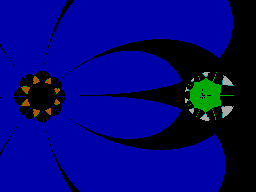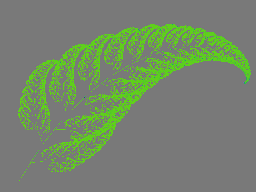
 A Lyapunov fractal.
A Lyapunov fractal. 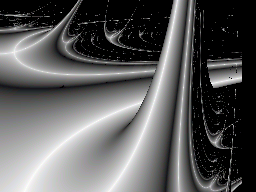
 A fractal type lambda, made by my fractal-mate Dick Berents
A fractal type lambda, made by my fractal-mate Dick Berents (dec.1991)
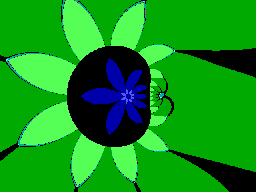
 Type fn(z)+fn(pix)
using the functions cotan and sqr.
Type fn(z)+fn(pix)
using the functions cotan and sqr.

 A part from the Mandelbrot-set.
A part from the Mandelbrot-set.This fractal started the popularity of fractals, all thanks to Benoit. B. Mandelbrot. Born in Warsaw in 1924 he left for Paris in 1936. In 1958 he went to the USA. He worked among other things at IBM and as a professor at Harvard University. Thanks to the computer we can now make graphics of fractals.
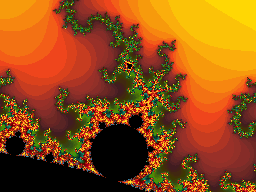
 This fractal is one of the Newton type.
This fractal is one of the Newton type.
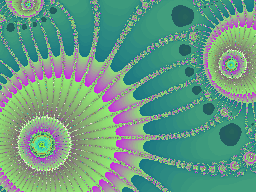
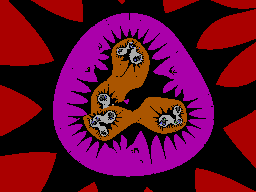
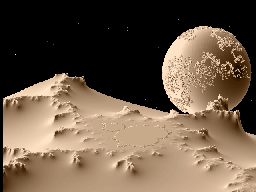
 Another fractal of the lambda type,
made in bygone days
Another fractal of the lambda type,
made in bygone days (dec.1991)
